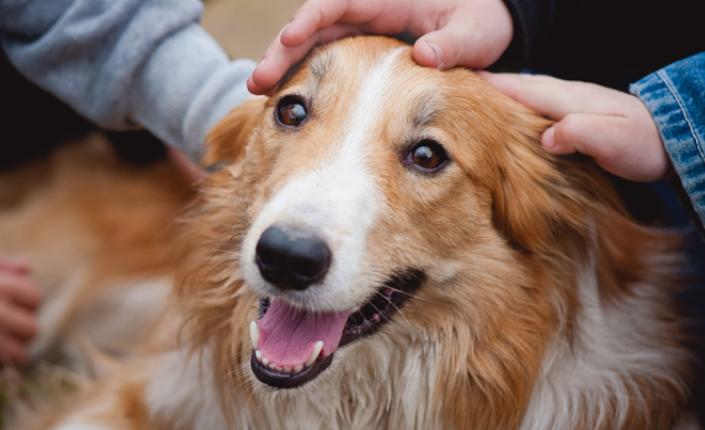
Teach Your Kids How to Approach Unknown Dogs
For those that grew up with dogs, it seems impossible to imagine one's childhood without one. Dogs are often a child's first friend, secret keeper, and playmate. Giving kids basic pet-related chores also teaches them a lot about responsibility and is good for their development. Kids have a special bond with their pets, but we can't take that for granted and forget about playing safe, especially with dogs that are not ours.
Children are most often the victims of dog bites. While we want our kiddos to feel confident and comfortable around dogs, we can't forget the importance of teaching them the appropriate time to approach our furry friends.
The best way to stop a dog bite is to educate. Here are our strategies for teaching youngsters how and when to approach unknown dogs to ensure every interaction is a safe one.
- Knowing when to approach a strange dog is just as important as knowing how to approach them. While very young children will be unable to read a dog's nonverbal cues properly, they can be taught the basics. For example, start with a rule to avoid loose dogs and, if possible, leave the area to avoid drawing attention to themselves.
- Have a strategy in place for dealing with aggressive animals. Instruct your kids to quietly stand still to the point of ignoring the dog completely and to keep their arms to their side avoiding unnecessary waving or other sudden movements. If they're on the floor, they can curl up into a ball while shielding their face.
- Politeness matters to pets too! Just like you teach your child to say “please” and “thank you,” remind them to always ask for permission from the dog's owner before petting it, and respect the owner's decision if the answer is “no.” Remember, it's stressful for the owner when a child approaches their dog unexpectedly and without proper supervision.
- Time for a meet and greet! If the owner gives your child the go-ahead, allow them to approach the pup with their arm outstretched and a hand made into a fist. This will protect their precious fingers if the dog tries to bite.
- Let the dog smell your little one's hand, and if they show affection in the form of a lick, your child can proceed slowly with gentle petting or back scratching. As always, pay close attention to the dog's responses and don't force an interaction if they seem unwilling to participate.
- The same strategies apply to play time too. Teach your child that dogs decide when they want to play and not to chase after them if they've had enough. If a dog walks away, that's okay. They'll let you know when they're ready for more fun later.
- Let sleeping dogs lie. Have your tykes learn that crate time is quiet time. If Fido needs a nap, he shouldn't be disturbed. Children should never crawl into a crate or a pet bed and should avoid approaching the dog if it’s sleeping.
Of course, we want our kids to feel confident and comfortable around dogs, but at the same time, we want them to understand proper and safe dog etiquette.
Remember to tailor any instructions to your child's age and level of comprehension. Supervision is key for tiny tots and other young children. Even if you don't have small children in your life, these lessons might serve as a friendly reminder to you too! No matter what your age is, we can all benefit from practicing good dog etiquette and raising awareness of dog bite prevention methods.
